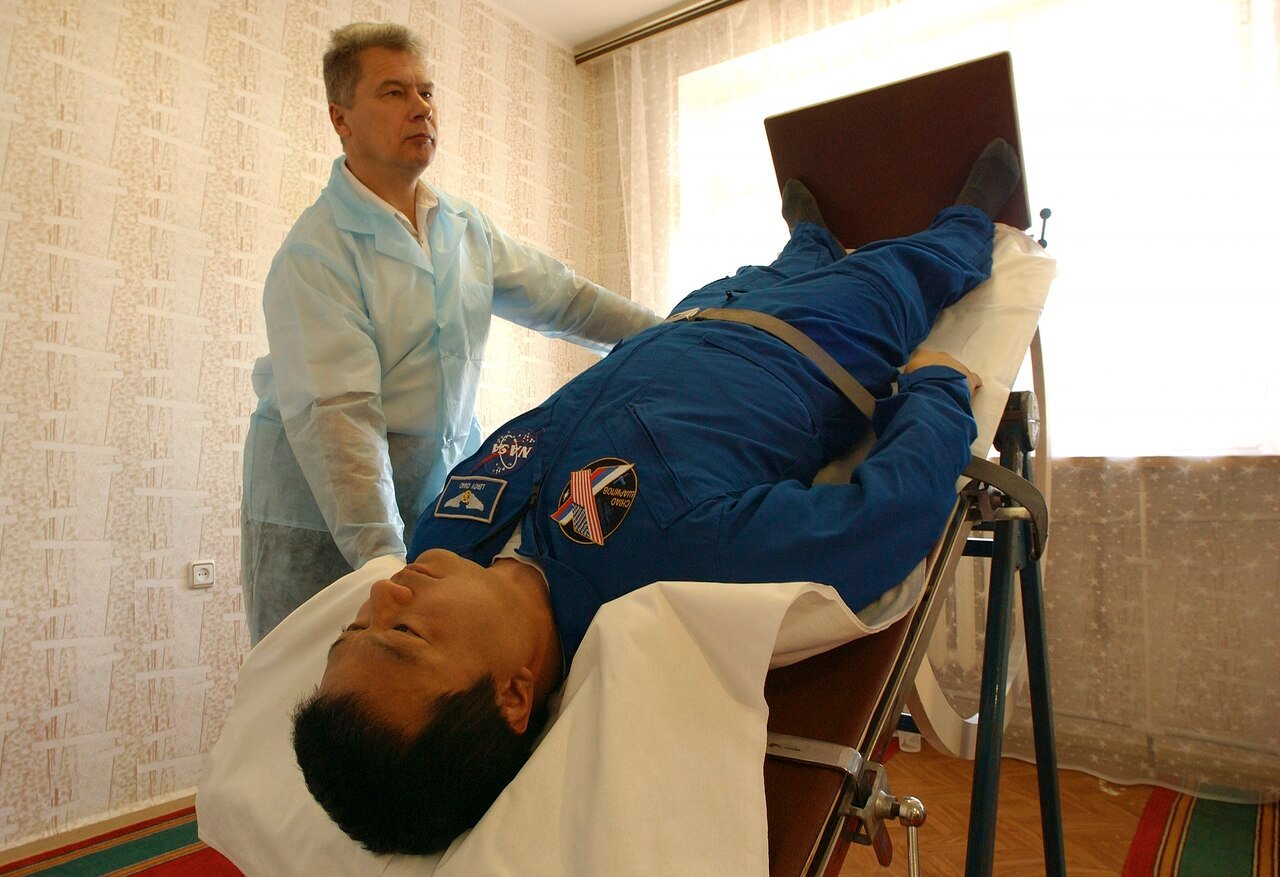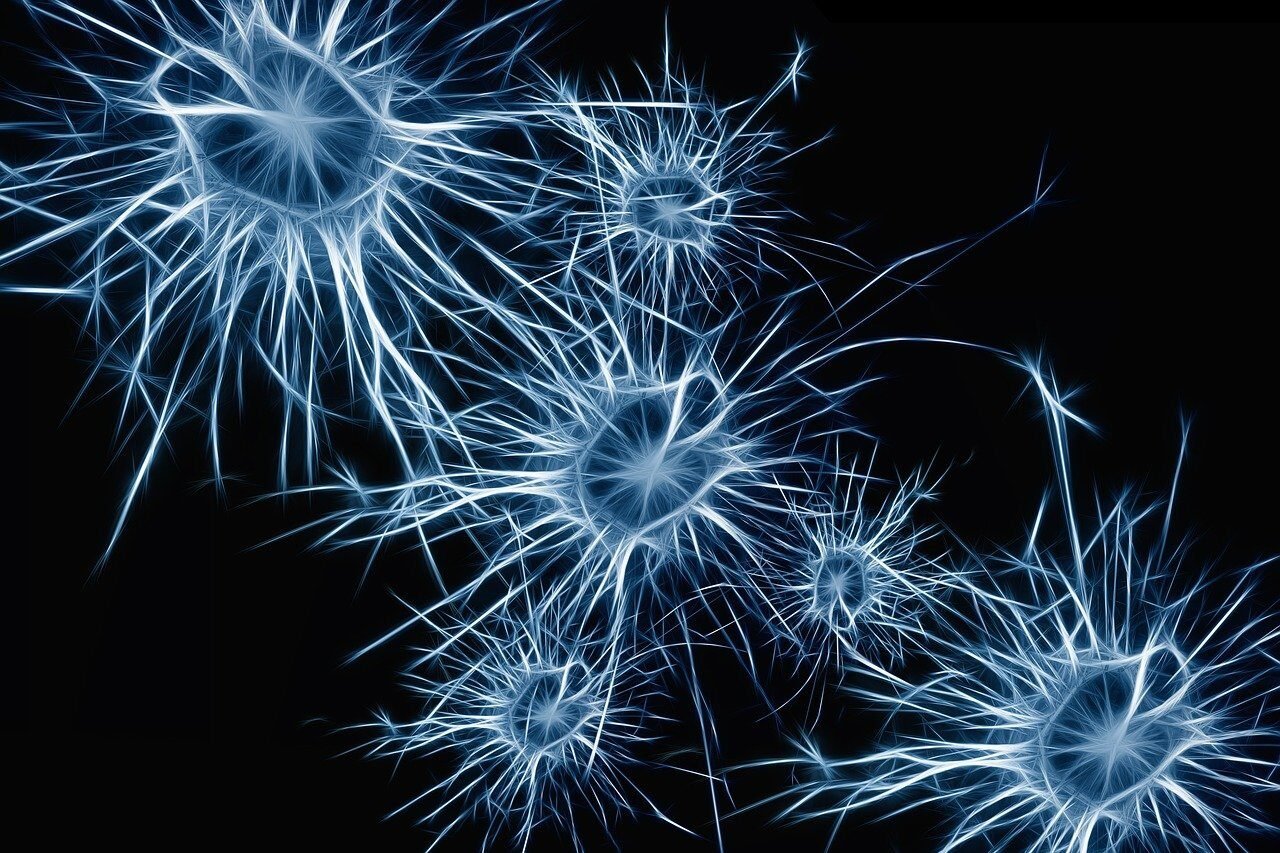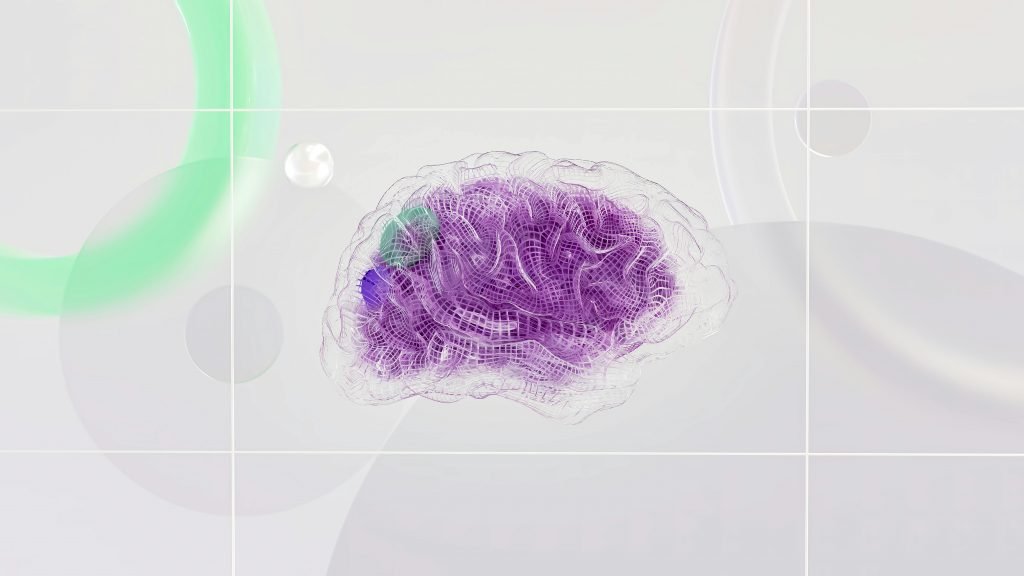Understanding Neuropathic POTS
Neuropathic POTS is a subtype of Postural Orthostatic Tachycardia Syndrome (POTS), which falls under the broader category of dysautonomia—a disorder of the autonomic nervous system. In Neuropathic POTS, there is partial autonomic nerve damage, especially in the lower limbs, leading to impaired blood vessel constriction and blood pooling when standing.
This results in a compensatory increase in heart rate and a wide range of debilitating symptoms that can severely impact daily life.
What dietary strategy have you found most helpful for symptom control?
Symptoms of Neuropathic POTS
The symptoms of Neuropathic POTS may overlap with other forms of POTS, but the nerve-related origin causes some distinct issues:
- Excessive heart rate increase upon standing
- Numbness or tingling in the legs or feet
- Blood pooling in the lower limbs (visible discoloration or swelling)
- Fatigue and exercise intolerance
- Lightheadedness or near-fainting spells
- Brain fog and difficulty concentrating
- GI symptoms such as nausea and bloating
- Cold extremities due to poor circulation
Causes and Contributing Factors
Neuropathic POTS often results from small fiber neuropathy, where small nerve fibers that regulate blood vessel constriction are damaged or dysfunctional. This condition can be triggered or associated with:
- Viral or bacterial infections
- Autoimmune disorders (e.g., lupus, Sjögren’s syndrome)
- Diabetes or prediabetes
- Genetic predisposition
- Physical trauma or surgery
- Ehlers-Danlos Syndrome (EDS)
Diagnosis of Neuropathic POTS
Diagnosing Neuropathic POTS involves ruling out other conditions and conducting specific autonomic tests. A healthcare provider may follow several steps:
Medical History and Symptom Tracking
A detailed review of symptoms over time is critical. Patients may be asked to maintain a symptom diary, especially related to posture and heart rate changes.
Tilt Table Test
This is a common diagnostic tool for all types of POTS. The patient is strapped to a motorized table that shifts from lying to standing position while heart rate and blood pressure are monitored.

QSART (Quantitative Sudomotor Axon Reflex Test)
This test assesses the integrity of small nerve fibers that control sweating. Abnormal results can point to neuropathic dysfunction.

Thermoregulatory Sweat Test
Used to evaluate the body’s ability to sweat properly, indicating nerve fiber health.
Skin Biopsy
A skin punch biopsy may be done to assess the density of small nerve fibers, helping diagnose small fiber neuropathy.
How Neuropathic POTS Differs from Other Subtypes
There are several subtypes of POTS, including:
- Hyperadrenergic POTS – Characterized by elevated norepinephrine and symptoms like high blood pressure and anxiety.
- Hypovolemic POTS – Associated with low blood volume.
- Secondary POTS – Linked to other chronic illnesses like diabetes or autoimmune diseases.
Neuropathic POTS, by contrast, specifically involves nerve damage impairing the lower body’s vascular response.
Treatment and Management of Neuropathic POTS
There is no one-size-fits-all cure, but many patients manage their symptoms effectively with a combination of lifestyle modifications, medications, and physical therapy.
Lifestyle Strategies
Increase Salt and Fluid Intake
Patients are typically advised to consume 2–3 liters of fluids and 3,000–5,000 mg of sodium daily, under medical supervision.
Compression Garments
Compression socks or abdominal binders help reduce blood pooling in the lower body.
Gradual Exercise Programs
Recumbent exercises like rowing or recumbent cycling can help recondition the body without triggering symptoms.
Elevate the Head of the Bed
Raising the head of the bed can improve blood volume regulation overnight.
Medications
Fludrocortisone
Helps retain sodium and water to increase blood volume.
Midodrine
A vasoconstrictor that helps tighten blood vessels and reduce pooling.
Beta Blockers
Used in low doses to reduce heart rate spikes.
Pyridostigmine
Improves nerve-to-muscle communication and may assist in autonomic function.
Nutritional and Holistic Support
Many patients benefit from an anti-inflammatory diet rich in whole foods, healthy fats, lean proteins, and leafy greens. Avoiding caffeine, alcohol, and refined sugar is also recommended.
Supplements like magnesium, B12, CoQ10, and omega-3 fatty acids may support nerve health.

GnarlyTree | CONNECTED CONDITIONS
Conditions That can Lead to Secondary POTS
🩺 Conditions Associated with Secondary POTS CategoryConditionsGenetic/Connective TissueEhlers-Danlos Syndrome, Chiari Malformation, Tethered Cord SyndromeAutoimmune DisordersLupus, Rheumatoid Arthritis, Sjögren's Syndrome, Multiple Sclerosis, SarcoidosisMetabolic/EndocrineDiabetes Mellitus, Adrenal Disorders, Vitamin B12 DeficiencyNeurological DisordersGuillain-Barré Syndrome,...
Living with Neuropathic POTS and Dysautonomia
Managing POTS and dysautonomia is an ongoing process that requires education, patience, and a strong support system.
Emotional and Mental Health
Living with a chronic condition can lead to anxiety, depression, and social isolation. Therapy, peer support, and mindfulness techniques can help maintain emotional well-being.
Building a Support Network
Joining patient advocacy groups such as Dysautonomia International or local POTS communities can offer education, encouragement, and friendship.
Working with a Specialist
Neurologists, cardiologists, and autonomic specialists often work together to provide comprehensive care. Finding a knowledgeable provider is essential for accurate diagnosis and treatment.
Frequently Asked Questions
Can Neuropathic POTS go into remission?
Yes, some individuals, especially those with a post-viral onset, may experience symptom improvement or remission over time. For others, it remains a long-term condition requiring ongoing management.
Is Neuropathic POTS considered a disability?
It can be. Many people with severe symptoms qualify for disability benefits if their condition significantly impairs daily functioning.
Are there new treatments for Neuropathic POTS?
Research is ongoing. Advances in small fiber neuropathy treatments and autonomic nervous system rehabilitation hold promise for future therapies.
Conclusion
Neuropathic POTS, a subtype of POTS and dysautonomia, is a complex condition rooted in nerve dysfunction. While it presents unique challenges, with proper diagnosis, lifestyle adjustments, and medical care, many patients find ways to manage their symptoms effectively.
Increased awareness and continued research are critical in unlocking better treatments and improving quality of life for those affected. If you or a loved one experiences unexplained symptoms like dizziness, fatigue, and rapid heart rate upon standing, consider discussing POTS and its subtypes with a healthcare provider.



